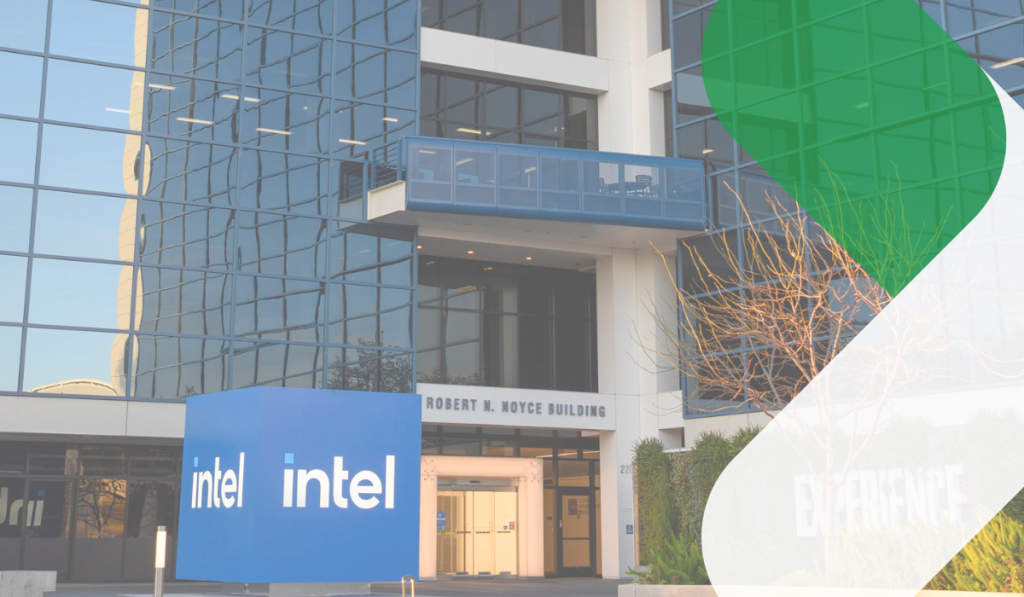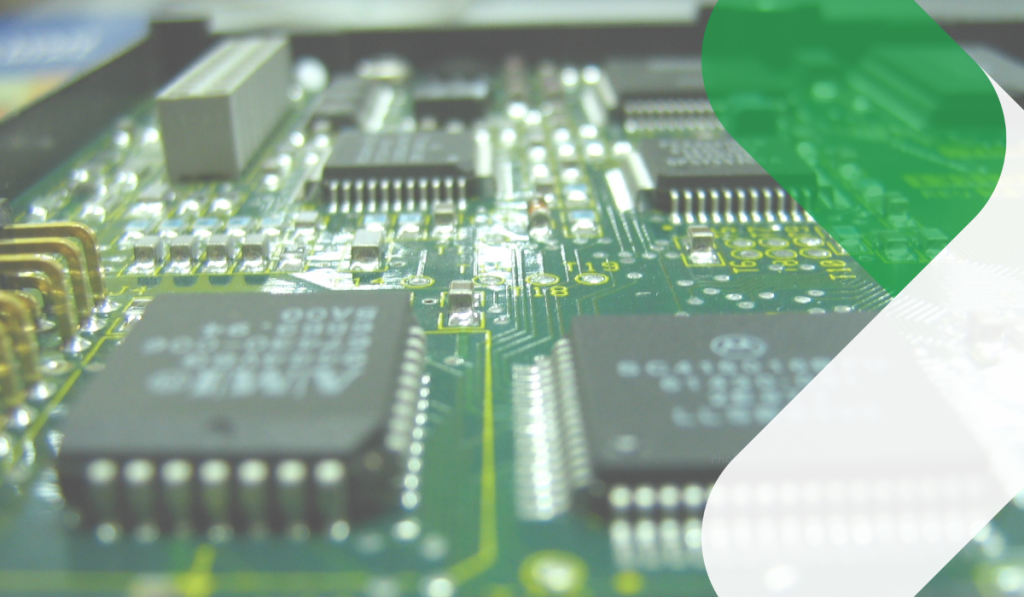
Inside rinf.tech’s 8-Year Partnership with Intel on Hardware-Software Integration and Open Source – Powering Cloud, IoT and AI
This article examines how rinf.tech’s 8-year partnership with Intel has advanced open-source innovation by addressing real-world challenges in cloud, IoT, and AI ecosystems. It highlights joint contributions to improve workload performance, enhance IoT sensor integrations, and optimize computer vision using OpenCV and OpenVINO. Read more into how these contributions deliver measurable value to the global developer community and accelerate enterprise adoption of scalable, reliable technologies.


